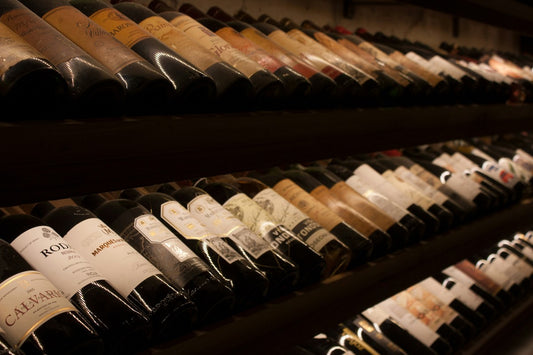Why Frozen Beef Can't Be Wet-Aged Steak & Alternatives
Norah Clark
Aged steaks are a delicacy many meat lovers enjoy for their enhanced flavor and tenderness.
Frozen beef can't be wet-aged steak because freezing meat causes moisture loss after it has been thawed. You will notice a little mushiness in the meat, but it will react no differently than fresh beef to the dry aging process.
Read on to see why wet-aging and frozen beef doesn’t mix and alternatives for achieving delicious results with frozen meat.
The Wet-Aging Process
Wet aging is a method used to tenderize and enhance the flavor of beef by allowing enzymes to break down the meat’s proteins and connective tissues.
This process typically takes place in vacuum-sealed bags, with the meat stored at a consistent temperature of around 34-38°F (1-3°C) for a few weeks.
The enzymes in the meat are responsible for the tenderizing effect and the development of the rich, beefy flavors associated with aged steaks.
Effects of Freezing On Beef
When beef is frozen, the water content within the meat forms ice crystals, which can cause damage to the cellular structure.
This damage can lead to changes in texture and, in some cases, a loss of flavor.
Furthermore, freezing slows down or stops the enzymatic activity, which is crucial for aging.
Why Frozen Beef Can’t Be Wet-Aged
The primary reason frozen beef can’t be wet-aged lies in the freezing process itself.
The formation of ice crystals and the damage they cause to the meat’s cells inhibit the enzymatic reactions needed for wet aging.
Maintaining proper wet-aging conditions with frozen beef can also be challenging, as is thawing the meat.
At the same time, it’s sealed in a vacuum bag can lead to uneven temperatures and potential bacterial growth, increasing the risk of spoilage.
Alternatives To Wet-Aging Frozen Beef
While wet aging may not be suitable for frozen beef, there are still ways to enhance the flavor and tenderness of frozen meat.
One option is to explore dry aging, which involves storing meat in a controlled environment with specific temperature, humidity, and airflow conditions.
Although dry-aging is typically done with fresh beef, it may be possible to dry-age frozen meat after it has been carefully thawed.
Another approach is using various tenderizing and flavor-enhancing techniques, such as marinating or meat tenderizers, after thawing the frozen beef.
FAQs
Can you wet age a frozen steak?
No, wet aging is a process that requires the meat to be kept at a specific temperature range for a certain period of time. If a steak is frozen, it cannot be wet aged.
Can I use frozen beef to dry age?
No, dry aging requires the beef to be in a controlled environment with specific temperature and humidity conditions. If the beef is frozen, it cannot be placed in the appropriate environment for dry aging.
Does meat age while frozen?
No, meat does not age while it is frozen. Aging occurs as enzymes in the meat break down the muscle fibers over time, which can result in increased tenderness and flavor. Freezing the meat stops the enzymatic process and preserves the meat until it is thawed.
Does wet aging tenderize meat?
Yes, wet aging can help tenderize meat. During the wet aging process, the meat is vacuum-sealed and kept at a specific temperature range, allowing enzymes to break down muscle fibers and connective tissue, which can result in increased tenderness. The length of the aging process can vary depending on the cut of meat and desired level of tenderness.
Summary
In summary, frozen beef cannot be wet-aged due to the impact of freezing on the meat’s cellular structure and the resulting inhibition of enzymatic activity essential for the wet-aging process.
However, you can still enjoy delicious, tender steaks using frozen beef by exploring alternatives like dry-aging or employing tenderizing and flavor-enhancing techniques.
So, don’t be afraid to experiment and find the perfect method for achieving the best possible results with your frozen meat.










